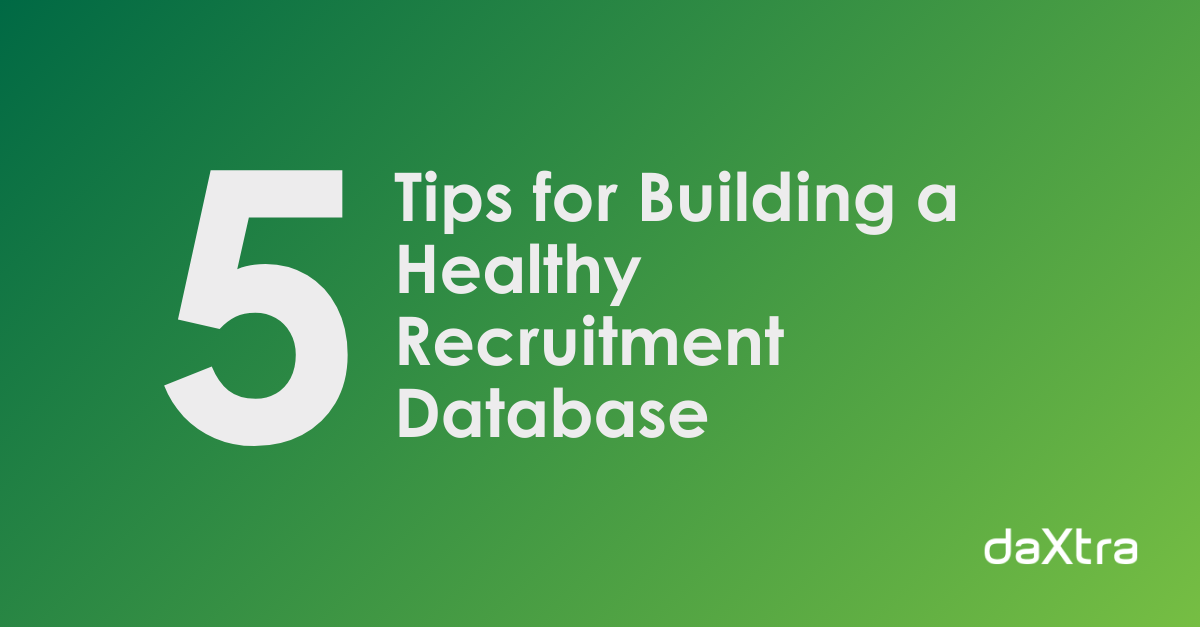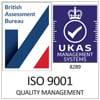In the age of AI, it’s no secret that data is valuable—especially in the world of recruiting. But, your data is only as good as its quality.
Recruitment processes can be made more efficient by working with clean, accurate, and well-organized data. In this article, we’ll share some essential tips to help you create and maintain a healthy internal database.
1. Clean Up Existing Data
Clean data is the foundation of any successful recruitment strategy. Inaccurate or outdated information can lead to wasted time, poor candidate experiences and missed opportunities. A cluttered database can slow down your recruitment process, making it harder to find the right candidates quickly.
You can start the clean-up process with an audit of your existing data. Use technology to identify and remove duplicate records, correct existing inaccuracies and fill in missing information. From there, regularly scheduled data cleaning sessions can help you keep your database in top shape.
“It’s common for us to talk to someone who did a data clean-up project last year and plans to do another clean-up project the following year, but in-between didn’t do anything to solve for the bad data that made it into the system in the first place. One of the biggest impacts tech can have is putting guardrails on data management strategies to automate those manual processes and take the decision out of a recruiter’s hands. That way, they don’t have to think about “Do I load this candidate into the database or not?” — you can set up automated processes so the candidate info is already funneled in, without duplicates.” - Chris Wirt, Daxtra
2. Ensure New Data is Complete and Structured
When adding new data to your recruitment database, it's crucial to ensure it follows a consistent structure. This makes it easier to upload complete data to your ATS or CRM, so recruiters can leverage it to search for candidates more quickly. Establishing standardized data entry procedures can help minimize errors or make them easier to identify. Plus, training recruiters on the importance of data, as well as providing incentives to regularly update candidate info can help streamline the data entry process.
3. Track Data Sources
Understanding where your data comes from is vital for business insights, ROI analysis, and compliance purposes.
Candidate data can pour into your database through many sources—job boards, social sites and your company application page, for example. Identifying and tracking the sources of your candidate data allows you to evaluate the effectiveness of your recruitment channels and make informed decisions about where to focus your efforts (and spend your budget).
4. Monitor Database Size
A large database with lots of clean candidate information is ideal, but a small, well-maintained database is likely to be more useful than a massive database filled with unorganized data.
It’s important to grow your database, but when you do, ensure the incoming candidate data is clean, structured and free of duplicates.
5. Leverage Candidate Engagement
According to the USPS, 133.4 million address changes were filed between 2020 and 2023. In a post-pandemic world, people are moving and changing jobs frequently—and that can mean your database information becomes out-dated and inaccurate quickly.
“Imagine if a third of the addresses or job titles or recent job history in your ATS are out of date and the impact that could have,” - Danny Ashraf, Monster
Frequently engaging with your candidates can help make sure you keep up-to-date information in your database. It can also help recruiters build relationships with candidates, and ensure a better candidate experience (fresher candidate data = easier to find more relevant opportunities).
Automating Data Processes
Cleaning up your candidate data can be easier said than done, especially as recruiters are often being asked to do more with less. The solution? Automation.
Automating tedious data entry can free up your recruiters to focus on what really matters—finding the right jobs for the right candidates.
“The general sense that I get from recruiters I’ve worked with is that when you think about getting into recruiting, you think about connecting with people, building relationships and helping people further their careers,” he said. “What a lot of people don’t realize is that recruiters are wearing so many different hats. Over the years, I’ve found the amount of time they’ve spent communicating and building relationships has declined. Now, they’re creating search strings and saving them in a Word doc or Excel file, or trying to prompt ChatGPT to create better content or search strings. They’re bouncing around from their ATS to 10 or 15 different tabs, all while trying to engage with candidates in an increasingly competitive environment.” - Chris Wirt, Daxtra
By automating data entry and maintenance processes, you can ensure your database remains accurate and up-to-date, helping your team work more efficiently and effectively.
Building a Database That Works for You
With these tips and some careful planning, you can build a robust and healthy internal database that supports your recruitment efforts and drives success. Clean, structured, and regularly updated data will empower your recruiters to make better decisions and improve overall productivity.
Want to learn more? See how Allen Recruitment leveraged clean data and precise candidate search to optimize their database and sourcing.



